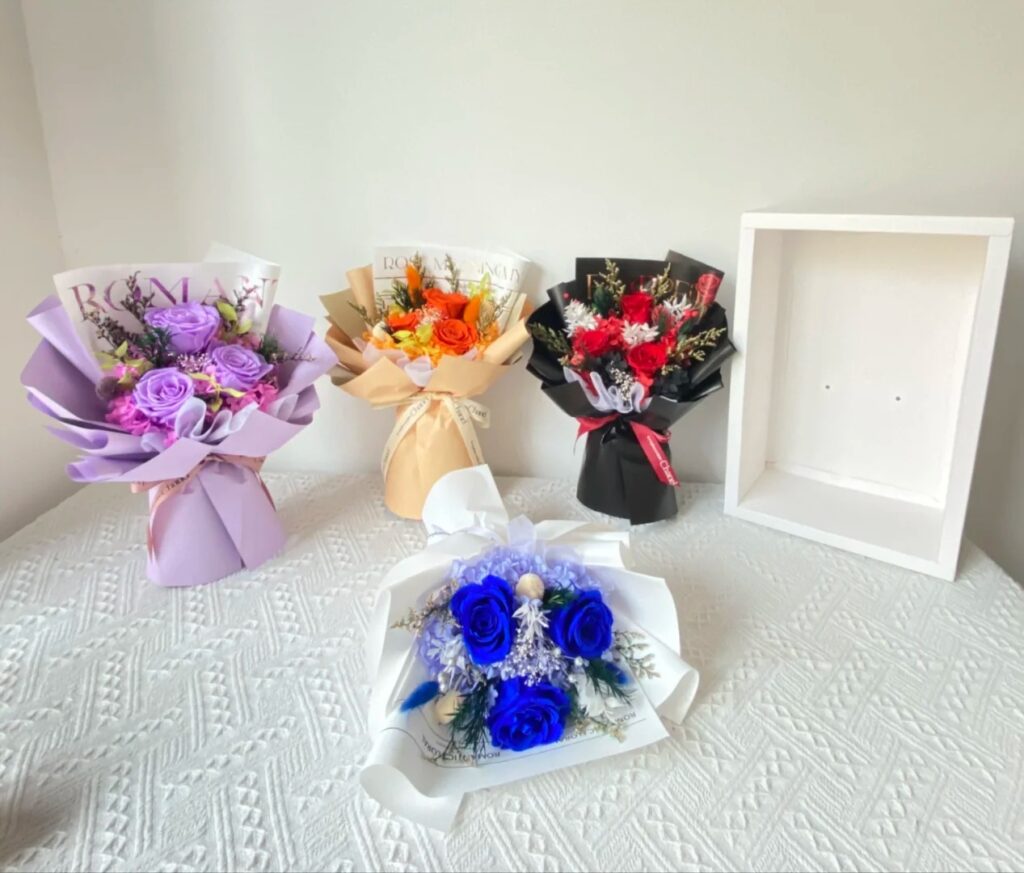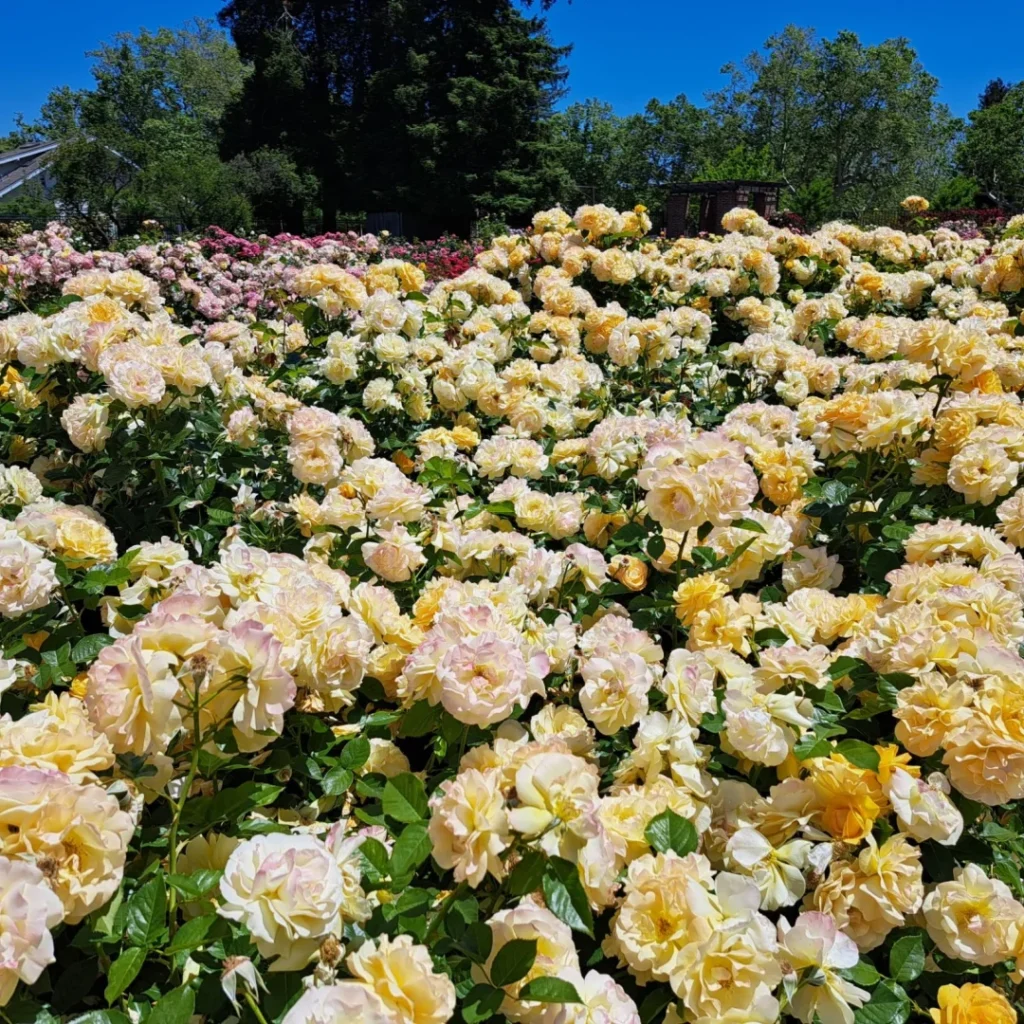A few days ago, a good friend of mine sent me a photo that surprised me! She buried the eternal flower that her ex-boyfriend gave her when he broke up in a pot, and six months later, it sprouted new buds! This doesn’t make any sense – shouldn’t eternal flowers be made into “dead things”? I visited a number of florists and botanists to uncover the secret!
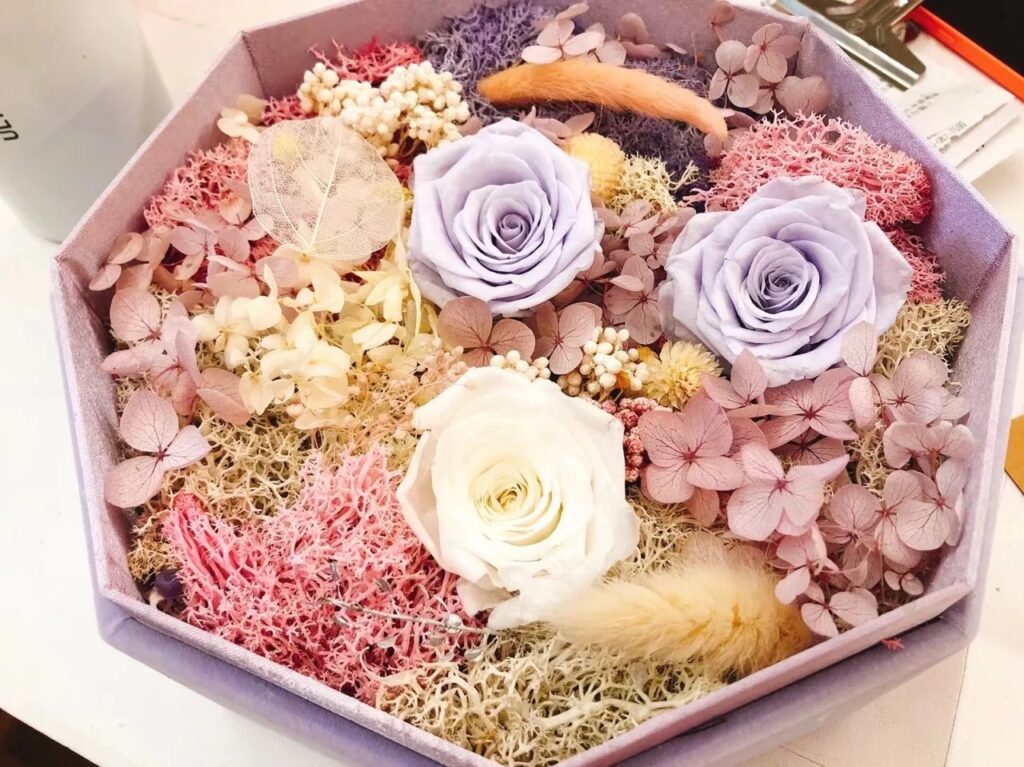
First, the “eternal life” truth of the eternal flower
What is the eternal flower? What is an everlasting flower? Will it really never wither?
Aeonium, also known as the preservation of flowers, ecological flowers, foreign countries called “never wither flowers”. It is the use of roses, carnations and other fresh cut flowers, after dehydration, decolorization, drying, dyeing and other complex processes processed into dried flowers. Regular everlasting flowers can indeed be preserved for at least 3 years without withering, this is because it has been thoroughly dehydrated and treated with a special solution, from a biological point of view, it has been “dead”.
Aeoniums on the market are roughly divided into three categories:
Real Aeonium: completely dehydrated and treated with a special preservation solution, impossible to grow again
Semi-Aeonium: only partially dehydrated and treated, the roots may still have weak vitality
Fake Aeonium: pretending to be an ordinary dried flower or artificial flower, not treated with a formal process
Professional Tips: Real Aeonium has a slightly waxy feel to the touch, the petals are soft, but not fragile, and there is a certain degree of elasticity. If the petals are very hard and fragile, the flower will not be able to break. If the petals are very hard and fragile, they may be ordinary dried flowers.
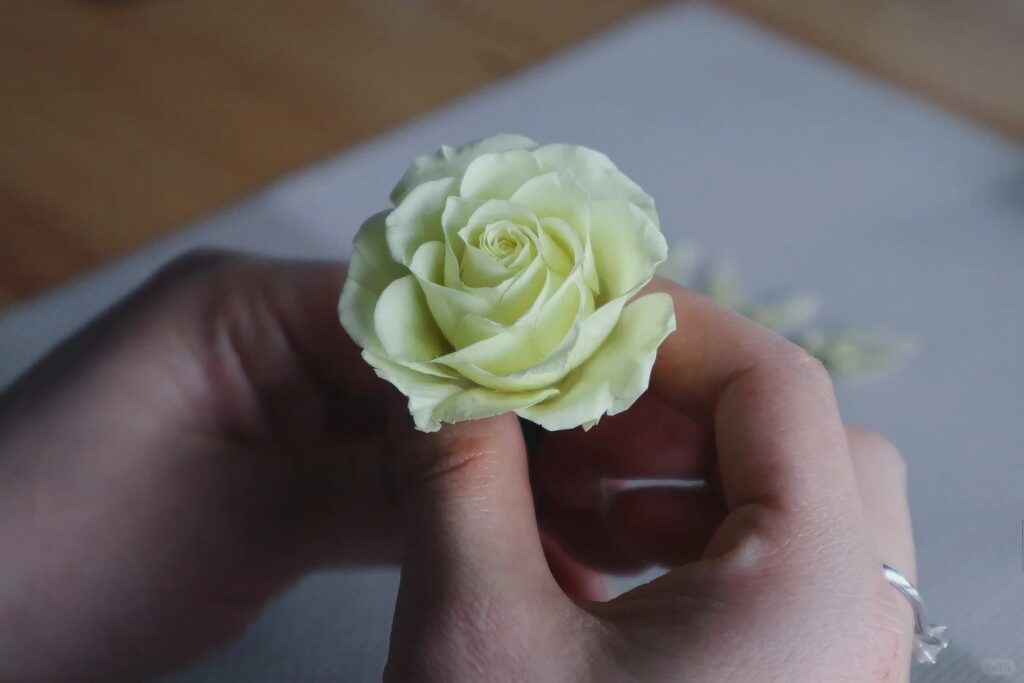
Second, the three main possibilities of accidental germination: not a miracle, it is the survival instinct of plants!
Why do some people’s everlasting flowers germinate after being buried in the soil? After investigation, I found these three possibilities:
Possibility 1: You received “semi-permanent flowers”
What is a semi-permanent flower?
What is a semi-permanent flower? In order to reduce costs, some merchants only treat the upper part of the flower, retaining part of the active tissue inside the stem. This kind of eternal flower looks no different from the regular one, but the price is much cheaper, and – there is a small probability of “resurrection” in the appropriate conditions!
Ms. Wang’s case: she received a rose everlasting flowers on the table to save a year, and then casually inserted in a pot, three months later even grew new leaves! The florist confirmed after testing that this is a typical semi-permanent flower, only the flower head has been processed.
Possibility 2: Merchants use special treatment of dormant plants to pretend to be
Some unscrupulous merchants will use special techniques to treat plants with dormant buds, so that they temporarily stop growing and color them, pretending to be permanent flowers for sale. When these plants encounter suitable soil, temperature and humidity, they will “wake up” and grow.
The most common “pretenders” are:
Thousand Days Red (also known as fireball flowers): naturally has the characteristics of dried flowers, can be stored for a long time without rotting
Hydrangea: after treatment looks like eternal flowers, but the rhizomes remain active
Roses: some varieties of dormant buds are extremely tenacious, and may retain vitality even after treatment
Possibility 3: The “partner” in the pot of everlasting flowers sprouted. Possibility 3: Sprouting of the “partner” in the pot of the everlasting flower
Many everlasting flowers are sold in the form of potted plants, which are accompanied by decorative plants such as mosses and starflowers, etc. These companion plants may disperse their seeds. The seeds of these companion plants may be scattered in the soil, and later get water after germination, so that you mistakenly think that the eternal flower “resurrection”.
Mr. Lee’s experience: the new buds that grew in his everlasting flower pots were identified by botanists and found to be the natural germination of the seeds of the decorative stargazer in the pots, not the resurrection of the everlasting flower itself.

Third, want the real “eternal life plant”? These five kinds of more vitality than the eternal flower!
If you want a gift of a plant that can really last, consider these natural “eternal players”:
Chihuahua: 120 days of flowering, dry flowers can be beautiful for 3 years, known as the “fireball flower”
Maintenance tips: less watering, more sun, cut after flowering! Succulents: drought- and cold-resistant, easy to care for, and some varieties produce stunning flowers.
Tips: full sun, controlled water, dry, breathable soil.
Ironwoods: known as a “living fossil,” with a lifespan of hundreds of years, symbolizing resilience and longevity.
Tips: well-drained, semi-shaded environment, small amount of watering.
Tortoiseshell Bamboos: very easy to survive, a single leaf can reproduce a new plant. A single leaf can produce a new plant.
Tips: Bright and diffused light, keep it moist but not waterlogged.
Air Bromeliad: Doesn’t need soil, it only relies on moisture and nutrients in the air to survive.
Tips: Spray with water once a week, and soak in water once every two weeks.
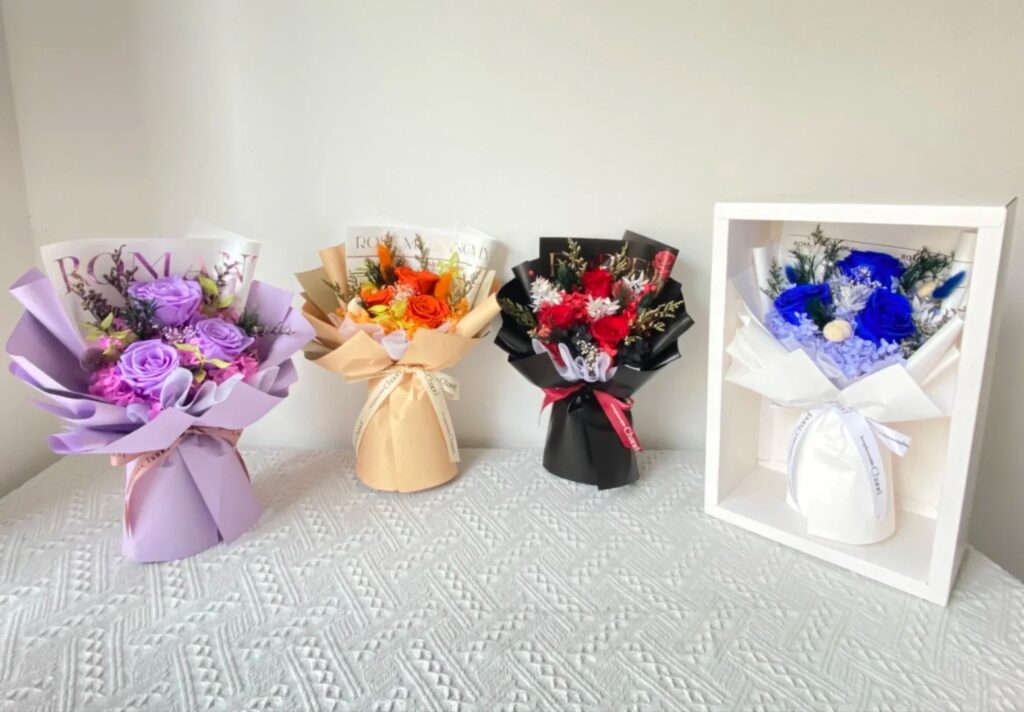
The best choice for emotional remembrance is…
Giving and receiving flowers are ways of expressing emotions, and different flowers have different meanings:
Symbolism of everlasting flowers :
Symbolizes unchanging commitment and enduring feelings
Suitable for long-distance relationships and commemorating special occasions
Doesn’t require daily care and is suitable for busy modern life
Emotional value of living flowers :
Represents real, vibrant feelings
Needs to be cared for with care and attention, just like running a relationship
Though it will wither away, the process itself is beautiful
Ms. Zhang’s Ms. Zhang’s story: After she broke up with her ex-boyfriend, she disassembled the everlasting flowers he gave her and took out some of the stems that might be alive and buried them in a flower pot. Six months later, she not only cultivated a new plant, but also harvested a new relationship. She said, “Watching it grow back, I also learned how to start over.”
Psychologist’s point of view : No matter what flower you choose, the key is whether it can carry the emotions you want to express. Sometimes it is those relationships that need to be tended with care that are the most precious.

Your choice, your attitude towards life
Which is better for you, everlasting flowers or living flowers, actually reflects your attitude towards life:
People who like everlasting flowers tend to focus on the results and durability, and pursue stability and predictability
People who like living flowers enjoy the process more, and are willing to invest time and energy in caring for a relationship
My advice: You don’t have to limit yourself to choosing between the two, but you can choose to live a life that is a mixture of both. You can choose everlasting flowers for important moments, and flowers for everyday use to add energy and variety to your life.
Most importantly – whatever you choose, remember that it’s not the flowers themselves that are “forever”, it’s the memories and the feelings you have in your heart that make it so special.

